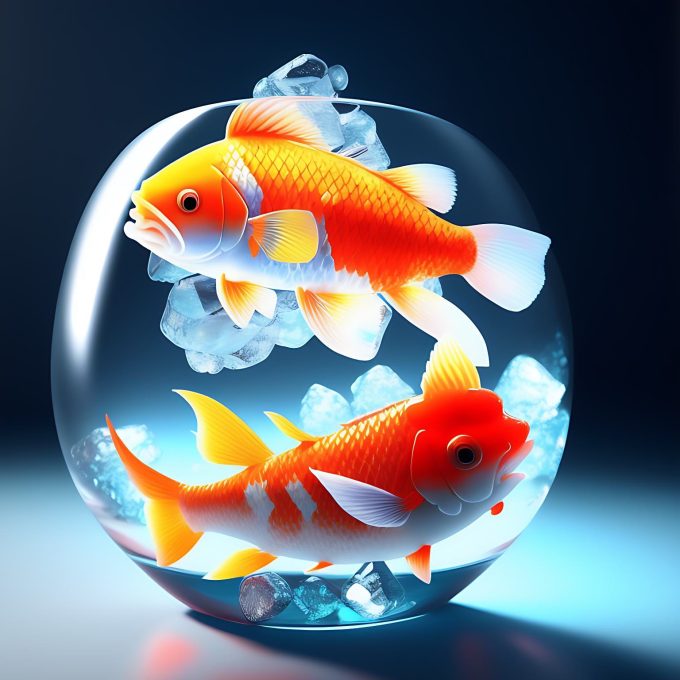Like, if you have turtles that are used to it in the house it’s 69 to 79° and you want to put them out in the spring and it’s 48°, why would that hurt them?
Or, if it’s in the middle of the summer, and for some reason they go down to 55° because of a water line break, why does that kill them?
Cold blooded animals are able to survive in these temperatures because they have what are called iso enzymes. They have enzymes that allow their metabolism to perform in the heat of the summer, but it is yet another set of enzymes that allows them to perform in practically ice water in the winter time. Something we cannot do.
These enzymes, require time to be developed. To “come in to power“ so that with shortening days and colder nights, the cold water isoenzymes buildup in the system, to allow the animal to survive in cold water. By the time winter is here, these cold-blooded animals have practically no regular-enzymes, and are functioning on pure isoenzyme.
In the summer, they have no isoenzymes and are functioning on regular summertime enzymes.
If you thrust a 80° turtle into 50° water, or you take a fish from 50° water and put him in 80° water, usually they die. Because they don’t have the enzymes to function across that span. So you have to go gradually.
A 5° change in temperature is barely a stressor. This happens every day to fish in nature, as they swim the thermocline in their lake or pond.
A rapid 10° change in temperature is stressful.
A sudden, 20° change in temperature is customarily fatal.
There are exceptions.
I would not attempt a change of more than 20°, but sometimes you have to.
Any time you’re changing more than 10°, I strenuously recommend that you change the temperature by no more than 1° per hour. And this is especially allowable when you are heating Koi to spare some of their lives from Koi herpes virus. I have been successful with practically 100% survival, pushing them up 20 to 20+ degrees at one degree per hour.
Although with many young fish, their colors can blanch, usually permanently. This is more common among Koi in the newer bloodlines in Southeast Asia, and much less common in Koi from Japan with longer and more stable bloodlines.







